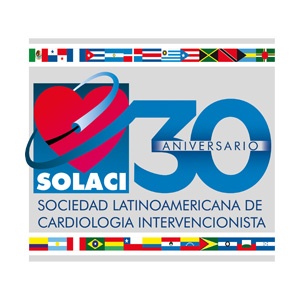Classical symptomatic low-flow, low-gradient (LFLG) severe aortic stenosis is associated with low survival rates at 3 years (<50%). However, in the medium term and with surgery, those rates improve (although mortality rates are 6%-30%, depending on the series). In patients without contractile reserve, surgical mortality is higher.

This study included 287 patients with LFLG, defined as aortic-valve gradient <35 mmHg, effective orifice area <1 cm2, and left ventricular ejection fraction ≤40%. Dobutamine stress echo was carried out for 234 patients; 86 showed contractile reserve (an increase of ≥20% in stroke volume).
Read also: Which Low-Flow, Low-Gradient Patients Benefit from Valve Replacement?
The mean age was 80 years old (most patients were male); over 80% of all patients suffered from hypertension; 42.2% suffered from diabetes; 37.3% had a history of acute myocardial infarction; 45.3% had undergone angioplasty; 40.1% had undergone myocardial revascularization surgery; 35.9% suffered from chronic obstructive pulmonary disease (COPD); the Society of Thoracic Surgeons score of the study population was 7.7% and the EuroSCORE 2 was 10.5%. Ejection fraction was 30.1%; gradients were 43/25 mmHg; the aortic-valve area was 0.76 cm2, and the pulmonary systolic pressure was 46.6 mmHg.
Ventricular assistant devices were required by 17 patients (5.9%) due to hemodynamic instability (12 ECMO and 5 IABP).
At 30 days, the rate of mortality was 3.8%, trending higher among patients without contractile reserve (1.2% vs. 5.6%). No difference was observed as regards the need for ventricular assistant devices. Mortality rates at 1 and 2 years were 20.1% and 32.3%, and there was a significant improvement of 8.3% in left ventricular ejection fraction.
Read also: Incidence of ‘Slow Flow’ After Rotational Atherectomy of Calcified Arteries.
The absence of contractile reserve did not cause a negative impact on mortality of ejection fraction improvement during follow-up after 30 days.
COPD and hemoglobin levels were predictors of mortality. Moderate or severe aortic regurgitation and hemoglobin levels were predictors of mortality and new hospital admission due to heart failure.
Conclusion
TAVR was associated with good peri-procedural outcomes in patients with classical LFLG. However, approximately one-third of these patients die during the 2-year follow-up. COPD, anemia, and paravalvular aortic regurgitation are predictors of poor outcomes. Left ventricular ejection fraction improved after TAVR, but dobutamine stress echo failed to predict clinical outcomes or ventricular function changes over time.
Courtesy of Dr. Carlos Fava.
Original title: Transcatheter Aortic Valve Replacement in Patients with Low-Flow, Low Gradient Aortic Stenosis. The TOPAS-TAVI Registry.
Reference: Henrique Barbosa Ribeiro et al. J Am Coll Cardiol 2018;71:1297-30.
Get the latest scientific articles on interventional cardiologySubscribe to our weekly newsletter
We are interested in your opinion. Please, leave your comments, thoughts, questions, etc., below. They will be most welcome.




